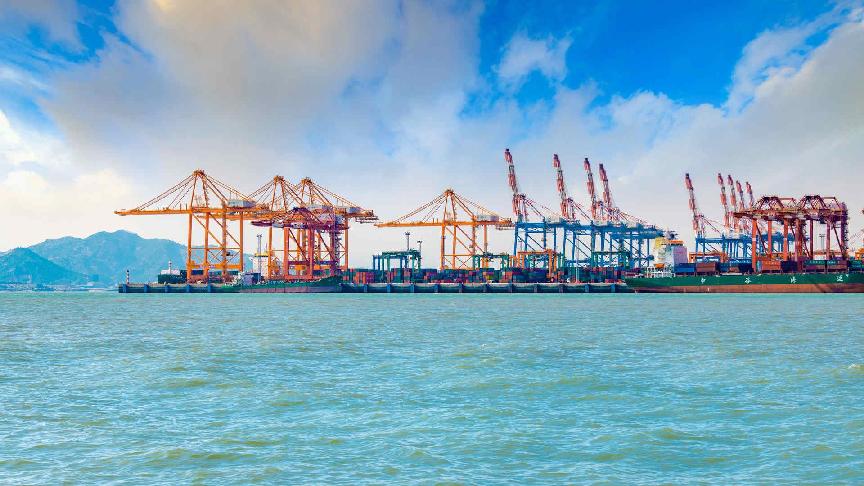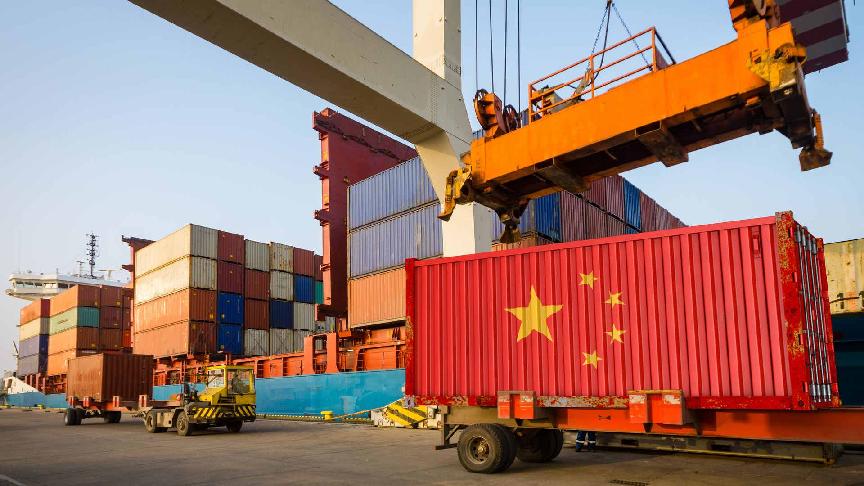Most manufacturers and producers who shifted their activities from China to mitigate supply chain risks are now admitting to one fact: relocating production outside of China is expensive.
The added costs involved in the "China plus one" policy are even making some companies reconsider the idea. In addition to the cost, some issues attached to diversifying production locations include less efficient logistics networks and occasional lower-quality products.
Experienced executives in Asia's logistics infrastructure believe some companies would return their businesses to China if geoeconomic and geopolitical risks recede.
According to a report by the Journal of Commerce (JOC), a footwear and apparel maker – that shifted part of its manufacturing activities from China to Vietnam – claimed, "From a transportation and lead time angle, [the company was] much better off in Xiamen, which can boast over five times [the] direct call capacity than Haiphong."
A producer of artificial Christmas trees had similar complaints, adds JOC. After moving a significant percentage of activities to Cambodia, the seller does not anticipate further shifting away from China, claiming that China's supply chain networks are considerably more efficient.
A study conducted for the US Federal Reserve's annual Jackson Hole Symposium shows that moving production out of China will entail spending more cash. "This ongoing reallocation of global supply chain activity comes attached with costs that need to be monitored and assessed more rigorously," says the study.
Some added costs occur due to less efficient logistics, less direct port connections, and less developed transportation. Shippers also take into consideration that other neighbouring countries might have weaker container handling capacities compared to China.
While basic supply chain infrastructure is rapidly expanding in Southeast Asia, the study claims that "the effective revival of manufacturing hubs requires integrating dependable, efficient supply chain networks and transportation systems with an adaptable, skilled labour force."







